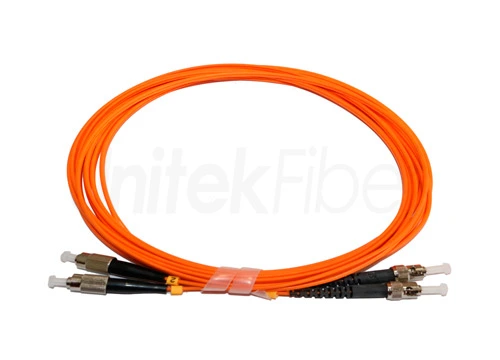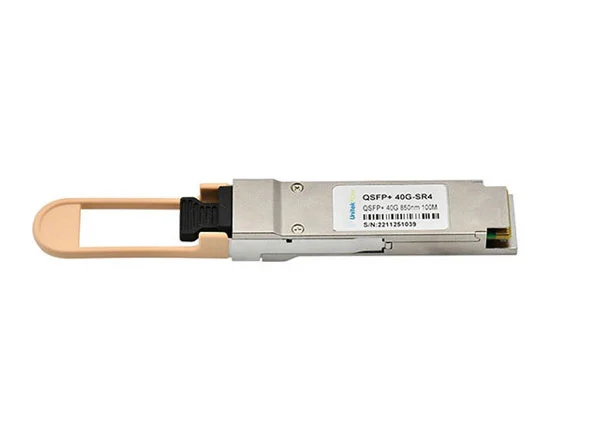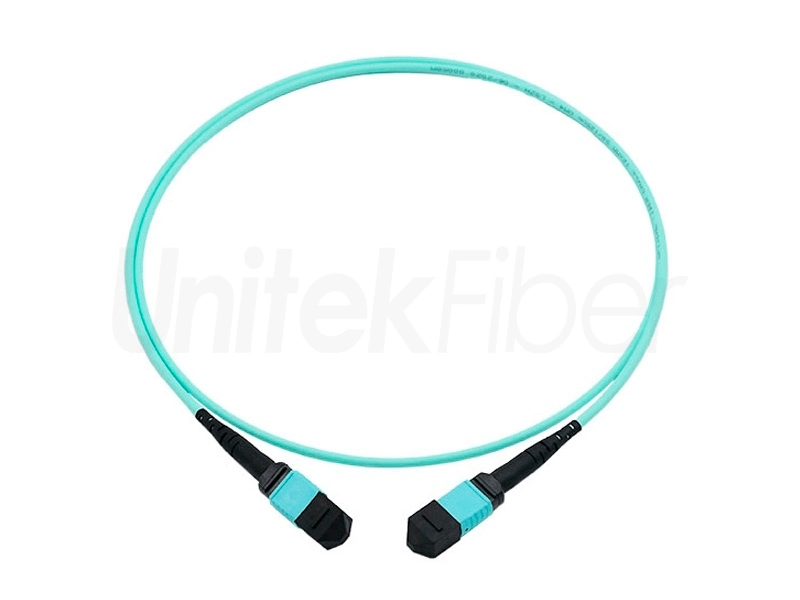
The introduction of 200G optical transceiver has revolutionized the world of networking technology, pushing the boundaries of data transmission to new heights. With its astonishing capacity to transmit data at a staggering rate of 200 gigabits per second, this cutting-edge technology has shattered the limitations of traditional networking. 200G QSFP56 and 200G QSFP-DD optical transceiver have become the mainstream solutions for 200G Ethernet deployment.
Differences in Form Factor and Density
The 200G optical transceivers are available in two form factors, namely QSFP56 optical transceiver and QSFP-DD optical transceiver. While both of these optical transceiver types support 200G data transmission rates, they differ significantly in terms of form factor and density.
QSFP56 is a type of optical transceiver that has four channels of 50Gbps each, providing a total data rate of 200Gbps. QSFP56 optical transceiver has the same form factor as the previous QSFP28 optical transceiver but with higher speed and better power efficiency.
On the other hand, the QSFP-DD optical transceiver form factor supports up to eight channels, each capable of transmitting data at 25Gbps, meaning a total of 200Gbps can be transmitted. As QSFP-DD optical transceiver has a larger form factor, it can support more lanes and higher data rates.
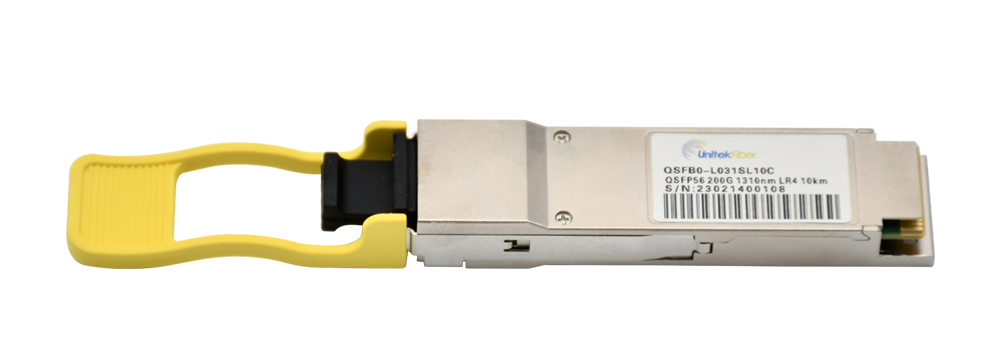
Differences in Modulation Technology
The 200G QSFP56 and 200G QSFP-DD optical transceivers use different modulation technologies to transmit data over optical fibers. The QSFP56 optical transceiver uses PAM4, while the QSFP-DD optical transceiver uses NRZ modulation. Compared with PAM4 technology, NRZ has the advantages of low power consumption, low latency and easy deployment, so 200G NRZ can realize low-cost optical interconnection within data centers.
PAM4 is a modulation scheme that transmits two bits of data per pulse, whereas NRZ sends only one bit per pulse. This means that PAM4 can achieve twice the data rate of NRZ at the same symbol rate. For this reason, PAM4 is becoming increasingly popular for high-speed optical communication systems.
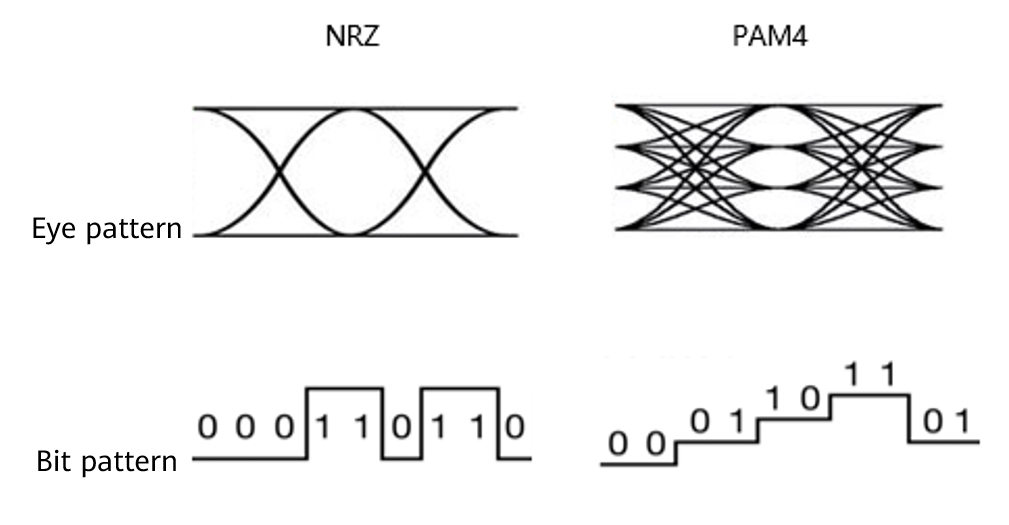
Differences in Heat Dissipation
Heat dissipation is an important consideration when comparing the QSFP-DD optical transceivers and QSFP56 optical transceivers. The amount of heat generated by a optical transceivers module can impact the overall system performance, reliability, and energy efficiency.
QSFP-DD optical transceivers typically generate more heat compared to QSFP56 optical transceivers due to their larger form factor and higher power consumption. The increased power consumption is primarily driven by the higher channel count and more advanced signal processing capabilities of QSFP-DD optical transceivers. The larger form factor of QSFP-DD optical transceivers allows for better signal integrity and enhanced thermal management features. However, these factors also contribute to higher heat dissipation requirements.
Conclusion
The introduction of 200G optical transceivers has brought about a significant revolution in networking technology, enabling data transmission at unprecedented speeds. The two main types of 200G optical transceivers, QSFP56 and QSFP-DD optical transceivers, offer different form factors, density, and modulation technologies. Additionally, QSFP-DD optical transceivers have a larger form factor, supporting more lanes and offering enhanced signal integrity. Overall, the introduction of 200G optical transceivers has paved the way for faster and more efficient data transmission, making them the mainstream solution for 200G Ethernet deployment.
UnitekFiber is a leading professional fiber optic products supplier that offers a comprehensive range of SFP optical transceivers for various networking and data communication applications. We offer a diverse portfolio of products, including QSFP-DD optical transceivers, QSFP56 optical transceiver, and other SFF optical transceivers, designed to meet the evolving demands of modern data centers, telecommunications networks, and enterprise environments. If you have any inquiries, please contact us by email at sales@unitekfiber.com.

